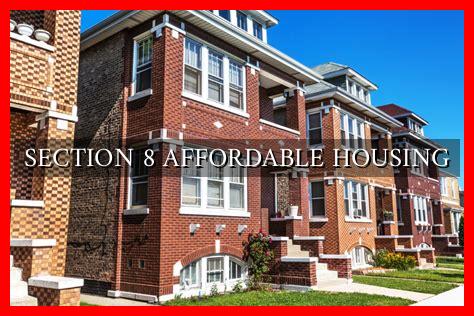-
Table of Contents
Understanding Section 8 Affordable Housing
Section 8 affordable housing is a vital program in the United States that aims to provide safe and decent housing for low-income individuals and families. This program, officially known as the Housing Choice Voucher Program, is administered by the Department of Housing and Urban Development (HUD) and offers rental assistance to eligible households.
How Does Section 8 Work?
Under the Section 8 program, eligible households receive a voucher that they can use to rent a unit from a private landlord. The voucher covers a portion of the rent, while the tenant is responsible for paying the remaining amount. The amount of assistance provided is based on the household’s income and family size.
Eligibility Criteria
- Household income must be below a certain threshold, typically 50% of the area median income.
- Applicants must pass a background check and meet other eligibility requirements.
- Prioritization may be given to households with elderly or disabled members, as well as families with children.
Benefits of Section 8 Affordable Housing
Section 8 affordable housing offers numerous benefits to both tenants and landlords. For tenants, it provides access to safe and affordable housing, allowing them to live in neighborhoods they may not have been able to afford otherwise.
. For landlords, participating in the program guarantees a steady rental income and reduces the risk of vacancies.
Case Study: Impact on Communities
In a study conducted by the Urban Institute, researchers found that neighborhoods with a higher concentration of Section 8 housing vouchers experienced a decrease in crime rates and an increase in property values. This demonstrates the positive impact that affordable housing can have on communities.
Challenges and Criticisms
Despite its benefits, the Section 8 program also faces challenges and criticisms. Some landlords may be reluctant to participate due to perceived administrative burdens and concerns about tenant behavior. Additionally, funding constraints have led to long waiting lists and limited availability of vouchers in some areas.
Statistics on Section 8 Housing
- As of 2020, approximately 2.2 million households receive rental assistance through the Section 8 program.
- On average, tenants pay 30% of their income towards rent, with the voucher covering the rest.
- Section 8 vouchers are portable, allowing tenants to move to different units or states while retaining their assistance.
Conclusion
Section 8 affordable housing plays a crucial role in addressing the housing needs of low-income individuals and families in the United States. By providing rental assistance and promoting access to safe and decent housing, the program helps improve the quality of life for millions of Americans. While challenges exist, the benefits of Section 8 housing far outweigh the criticisms, making it a vital component of the nation’s affordable housing landscape.





